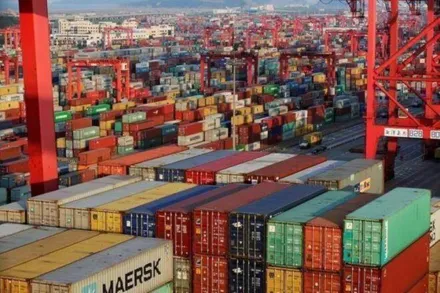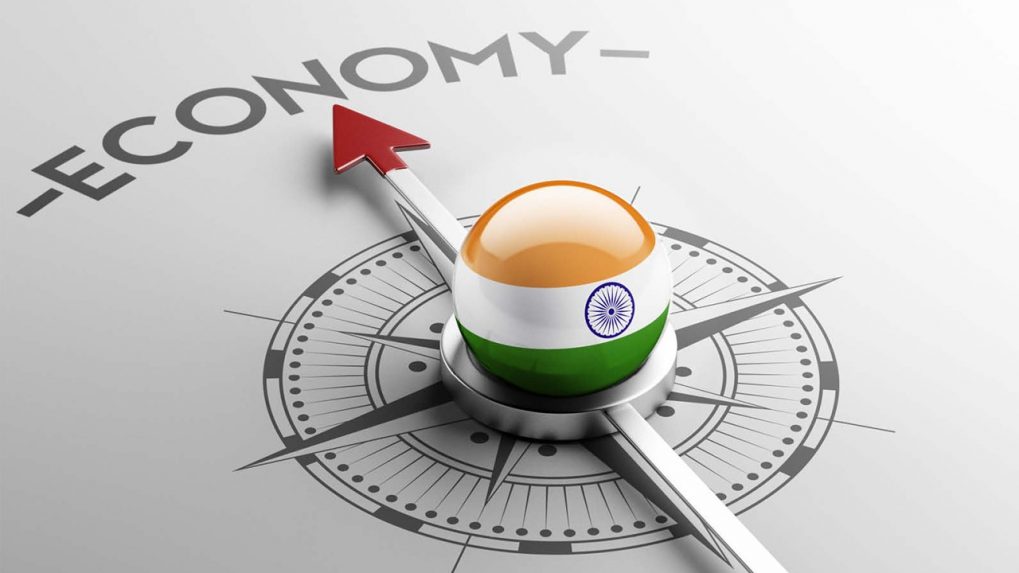- Courses
- GS Full Course 1 Year
- GS Full Course 2 Year
- GS Full Course 3 Year
- GS Full Course Till Selection
- Answer Alpha: Mains 2025 Mentorship
- MEP (Mains Enrichment Programme) Data, Facts
- Essay Target – 150+ Marks
- Online Program
- GS Recorded Course
- Polity
- Geography
- Economy
- Ancient, Medieval and Art & Culture AMAC
- Modern India, Post Independence & World History
- Environment
- Governance
- Science & Technology
- International Relations and Internal Security
- Disaster Management
- Ethics
- NCERT Current Affairs
- Indian Society and Social Issue
- NCERT- Science and Technology
- NCERT - Geography
- NCERT - Ancient History
- NCERT- World History
- NCERT Modern History
- CSAT
- 5 LAYERED ARJUNA Mentorship
- Public Administration Optional
- ABOUT US
- OUR TOPPERS
- TEST SERIES
- FREE STUDY MATERIAL
- VIDEOS
- CONTACT US
Pakistan and China Agree to Upgrade CPEC: Key Developments and Implications
Pakistan and China Agree to Upgrade CPEC: Key Developments and Implications
15-06-2024

Introduction:
- Pakistan's Prime Minister Shehbaz Sharif's 5-day visit to China resulted in an agreement to upgrade the China-Pakistan Economic Corridor (CPEC).
- The agreement aims to advance high-quality development of CPEC in its second phase.
What is CPEC?
- CPEC is a $62 billion project that links Xinjiang, China with Gwadar, Pakistan, passing through Pakistan-occupied Kashmir (PoK).
- It is a flagship project of China's Belt and Road Initiative (BRI).
- Goals: modernise Pakistan's transportation systems and connect Pakistani ports with China's Xinjiang province.
Phases of CPEC:
- First Phase: infrastructure creation (energy, infrastructure, port development, and railway line construction).
- Progress has been patchy, with 14 out of 21 power projects and 6 out of 24 transport projects completed.
- Brought $25.4 billion in direct investment to Pakistan by 2022.
- Second Phase: industrial cooperation agreement signed in February 2022, focusing on Special Economic Zones development and industrialization.
Challenges facing CPEC:
-
Chinese concerns: corruption, bureaucratic delays, and political instability in Pakistan.
-
Security situation in Gwadar: terrorist attacks by Baloch militants, killing Chinese nationals.
- Limited job creation for Pakistani youth due to Chinese companies not partnering with local companies.
-
Pakistan's security issues: a major concern for future Chinese investments.
Implications for India:
- CPEC passes through Gilgit-Baltistan area of Kashmir, occupied by Pakistan, violating India's sovereignty and territorial integrity.
- Chinese military presence in the area poses a security threat to India.
- China's naval base in Gwadar port is seen as encircling India in the Indian Ocean.
Debt burden of Pakistan and China's role:
- China's share of Pakistan's external debt has risen from $4 billion in 2013 to $30 billion of the current $126 billion.
- Pakistan's debt burden is unsustainable and may turn it into a client state of China.
- IMF's bailout package: conditions include rescheduling Chinese debt instruments to prevent a positive net outflow from Pakistan to China.
Additional Information:
-
Xinjiang province: an autonomous territory in northwest China, home to many ethnic minority groups, including the Turkic Uyghur people.
-
International Monetary Fund (IMF): promotes global economic growth and financial stability, encourages international trade, and reduces poverty.



